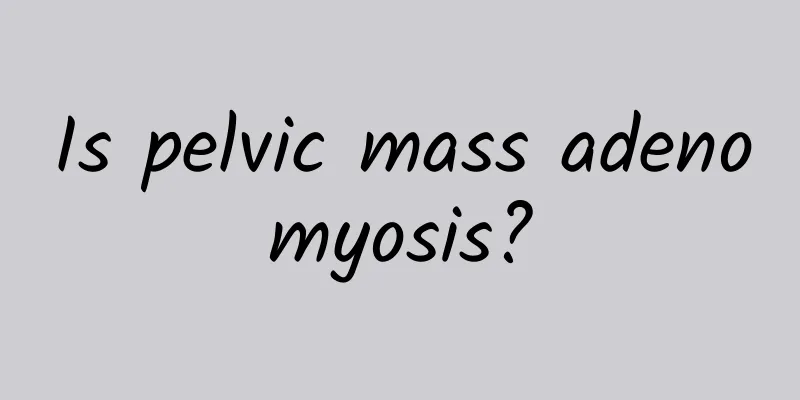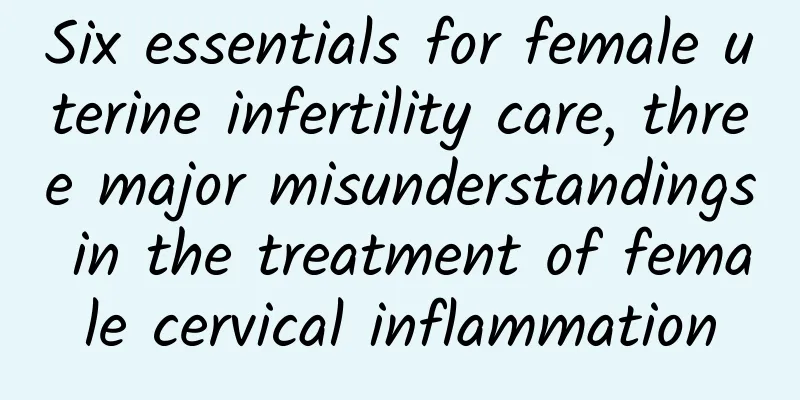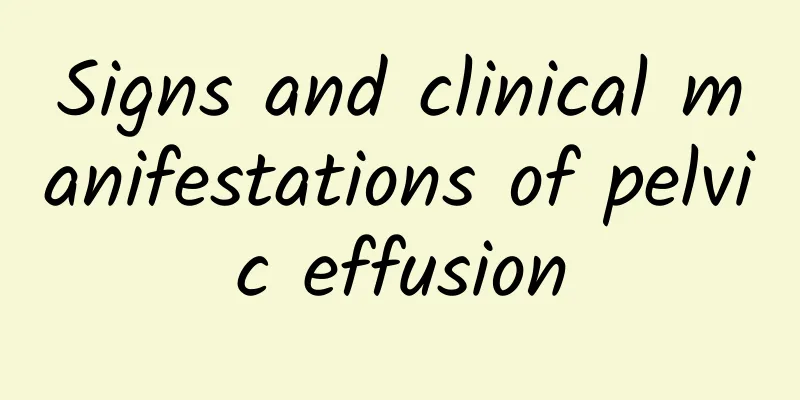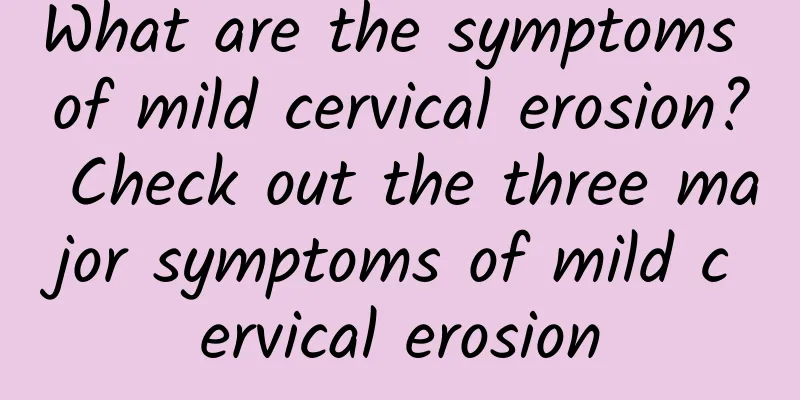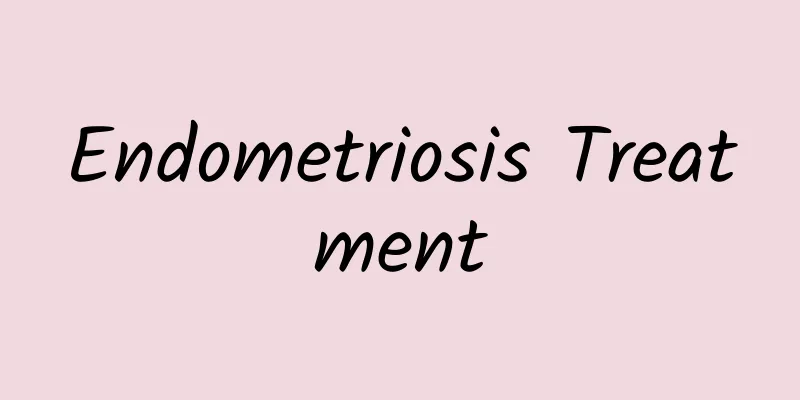How to use hysteroscopy for differential diagnosis of functional uterine bleeding?
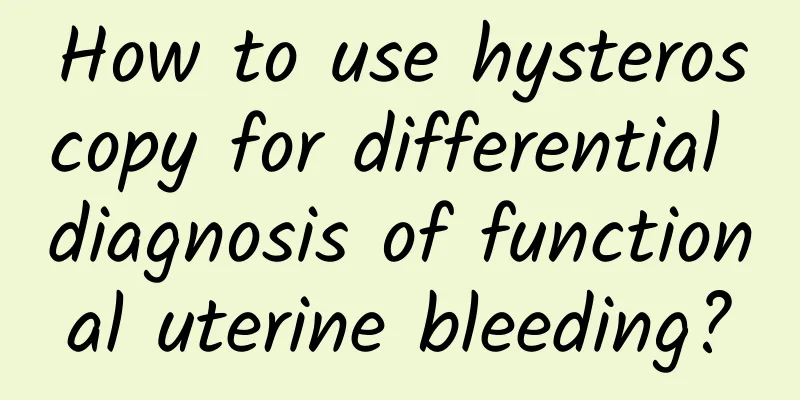
|
Hysteroscopy has become an indispensable means to identify the cause of uterine bleeding. With the rise of hysteroscopic technology, it has been used more and more widely in recent years. Its biggest advantage is that it can directly observe the pathological and physiological changes in the uterine cavity, locate and obtain materials, and the diagnostic accuracy is significantly higher than blind curettage. The adoption of continuous perfusion technology and television magnified image display technology makes the complex uterine cavity clear at a glance. Hysteroscopy can also be combined with B-ultrasound examination, and the two diagnostic technologies can be used together, which changes the local cause of hysteroscopy simply diagnosing intrauterine lesions and B-ultrasound simply diagnosing internal and external lesions of the uterine wall. Through one examination, you can fully understand the situation of the uterus, uterine wall and pelvic cavity, and can clearly diagnose organic lesions of the genitals except for internal and external genitals, providing reliable data for the diagnosis of dysfunctional uterine bleeding. Hysteroscopy and B-ultrasound combined examination method: moderately fill the bladder, and before the start of hysteroscopy, do B-ultrasound to understand the position, size, and other abnormalities and attachments of the uterus. The hysteroscope is slowly inserted into the uterine cavity under the guidance of B-ultrasound. At the same time, B-ultrasound observation is performed. With the intrauterine distention fluid and the full bladder as the control, the correct diagnosis of organic uterine lesions can be made. After the hysteroscopy, the endometrium is taken for histopathological examination to assist in the diagnosis. If no lesions such as endometrial Polyps, submucosal fibroids, etc., combined with endometrial pathology, can make a diagnosis of dysfunctional uterine bleeding. |
<<: Xuefu Zhuyu Decoction cures functional uterine bleeding
Recommend
Do ovarian cysts need treatment?
Ovarian cysts are a common cystic structure in th...
How can women prevent vaginitis?
Female friends should all know about vaginitis. A...
Is high protein, low carbohydrate, and low calorie a good way to lose weight? Nutritionist: Fear of muscle tissue loss
Well-known Korean actor Seo In Guk played the rol...
Eat well and lose weight fast! 7 Keys to a Nutritious and Delicious Breakfast
People who have the habit of eating breakfast con...
Causes of irregular menstruation after induced abortion
Many female friends often experience irregular me...
Can female pelvic peritonitis be cured?
Pelvic peritonitis has always been a disease with...
What is the cause of acute cervicitis?
What are the symptoms of acute cervicitis? Sympto...
Will dysmenorrhea lead to infertility? Doctors tell the truth about dysmenorrhea and infertility
Primary dysmenorrhea will not lead to infertility...
"Liver wrapped in oil" special medicine! Weight loss + health management
Fatty liver is not a disease, but it is a health ...
Drinking water is the key to losing weight without hurting your body! 4 tips to lose weight quickly without gaining weight again
The pace of life for modern people is getting fas...
Postmenopausal health guide for women
In our daily life, many diseases are normal pheno...
What are the symptoms after myomectomy?
As a difficult gynecological disease, uterine fib...
What to do if you have habitual miscarriage?
For women who are preparing for pregnancy, it is ...
How harmful is endometrial tuberculosis?
Generally speaking, early-stage endometrial tuber...
Is endometrial thickening difficult to cure?
There is no simple answer to the question of whet...
